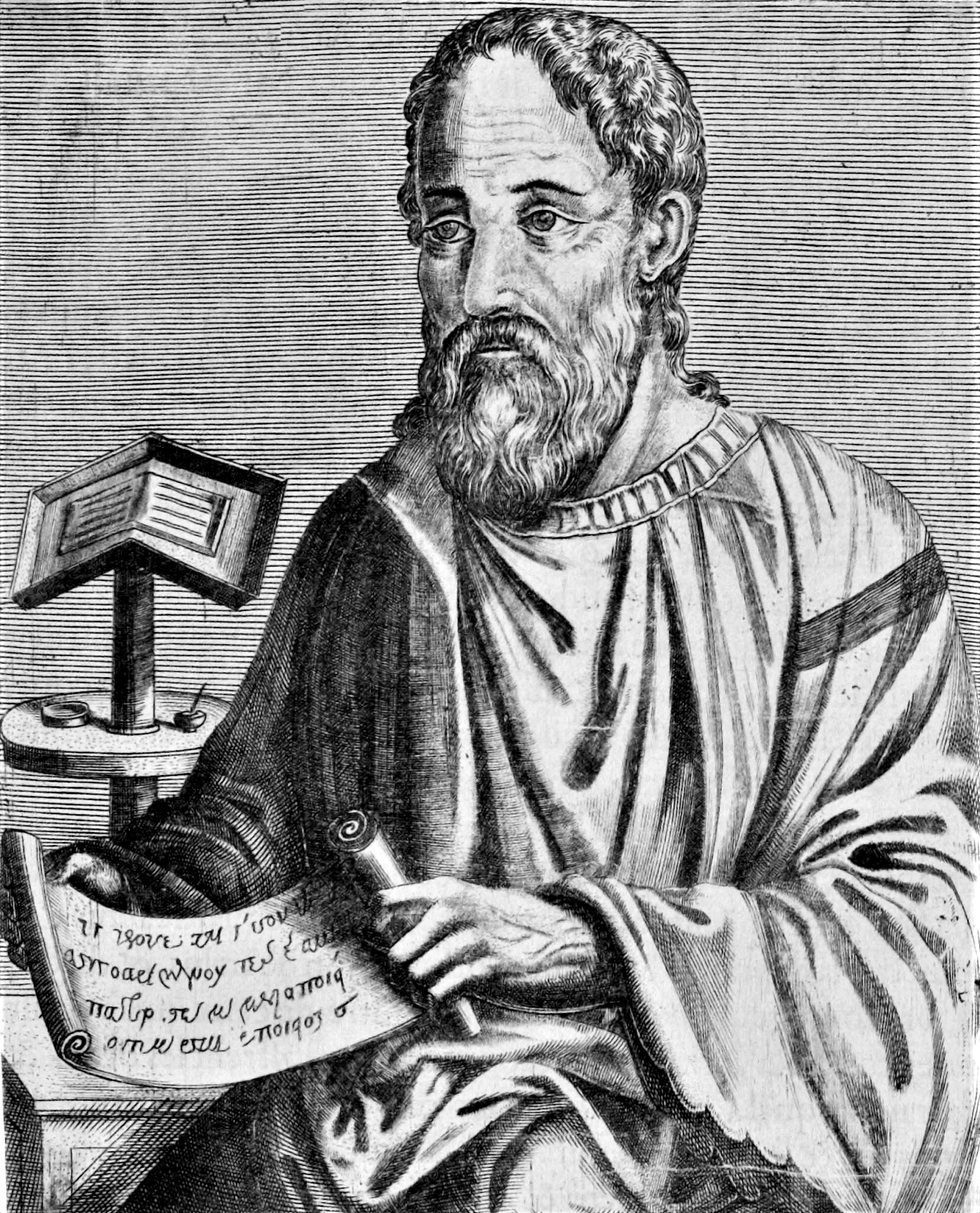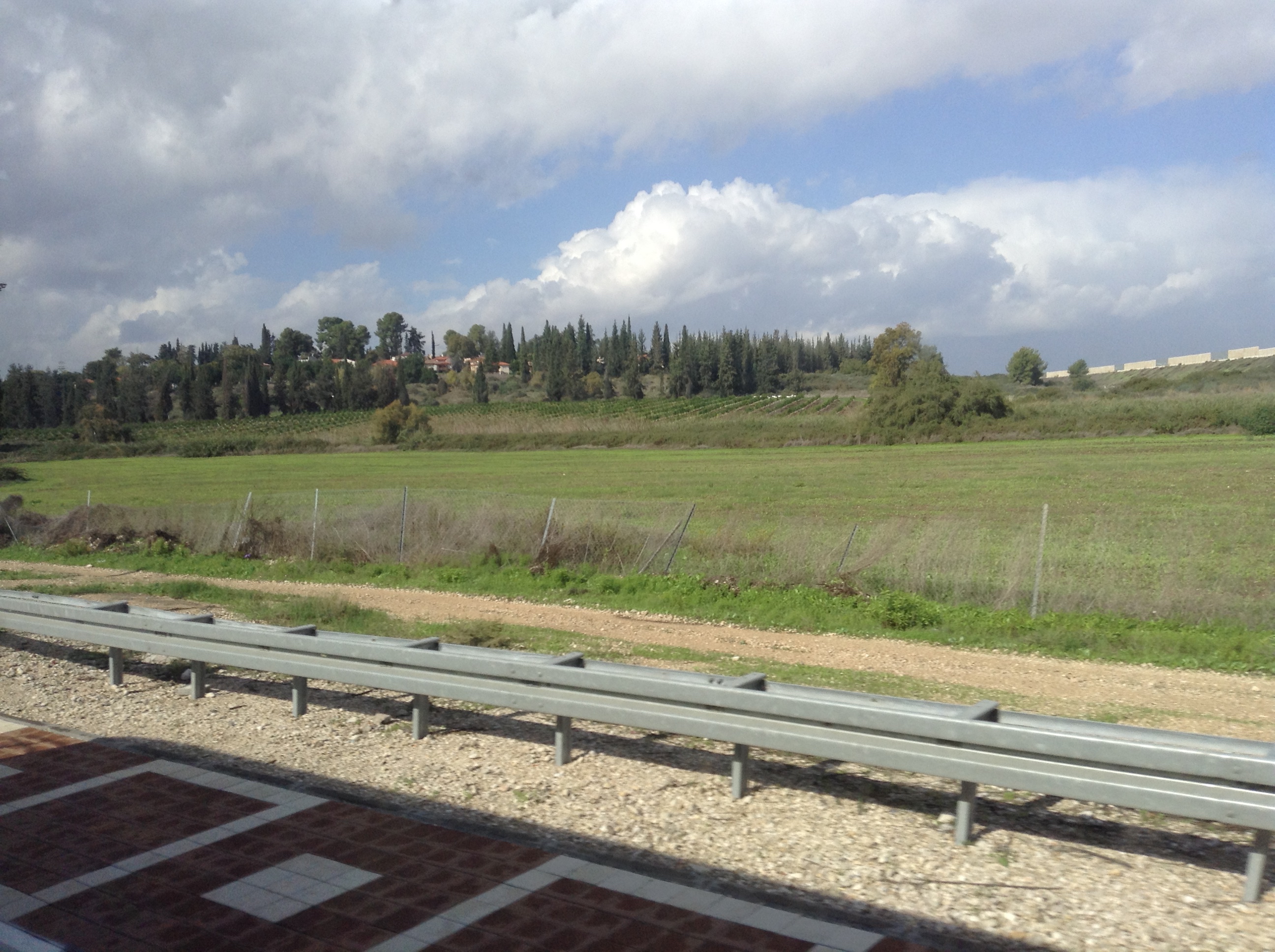|
Jattir
Jattir (Hebrew יַתִּר, pronounced Yattir) is a town in Judea mentioned several times in the Hebrew Bible. It was known as ''Iethira'' during the 4th century CE. It is identified with Horvat Yattir/Khirbet Attir, an archeological site in the southern Hebron Hills, located in modern day Israel. Ancient sources Hebrew Bible Joshua 15:48 says that Jattir was in the mountains of Judah. The village was allocated by Joshua and Elazar to the kohanim of the Aaronic priesthood, according to (Joshua 21:14); Yatir, as written in the Hebrew Bible (Christian Old Testament): "And unto the children of Aaron the priest they gave Hebron with its suburbs, the city of refuge for the manslayer, and Libnah with its suburbs, and Yattir with its suburbs, and Eshtemoa with its suburbs" ( Book of Joshua ). Some 400 years later, the Book of Kings mentions that King David shared a portion of the war booty from his battle with the Amalekites with the elders of Yattir ( 1 Samuel 30:27). On ... [...More Info...] [...Related Items...] OR: [Wikipedia] [Google] [Baidu] |
Onomasticon (Eusebius)
The ''Onomasticon'' compiled by Eusebius of Caesarea (more properly, ''On the Place-Names in the Holy Scripture'', , ''Peri tōn topikōn onomatōn tōn en tē Theia Graphē'', in Greek) is a directory of place names, or "gazetteer", a primary source that provides historical geographers with a contemporary knowledge of early 4th-century Palestine and Transjordan. It sits uneasily between the ancient genres of geography and lexicography, taking elements from both but serving as a member of neither. It is, according to many, the most important book for the study of Palestine in the Roman period. Background Eusebius' description of his own method, who wrote: "I shall collect the entries from the whole of the divinely inspired Scriptures, and I shall set them out grouped by their initial letters so that one may easily perceive what lies scattered throughout the text," implies that he had no similar type of book to work from; his work being entirely original, based only on the tex ... [...More Info...] [...Related Items...] OR: [Wikipedia] [Google] [Baidu] |
Southern District (Israel)
The Southern District ( he, מחוז הדרום, ''Meḥoz HaDarom''; ar, لواء الجنوب) is one of Israel's six administrative districts, the largest in terms of land area but the most sparsely populated. It covers most of the Negev desert, as well as the Arava valley. The population of the Southern District is 1,086,240 and its area is 14,185 km2. Its population is 79.66% Jewish and 12.72% Arab (mostly Muslim), with 7.62% of other origins. The district capital is Beersheba, while the largest city is Ashdod. Beersheba's dormitory towns of Omer, Meitar, and Lehavim are affluent on an Israel scale, while the development towns of Dimona, Sderot, Netivot, Ofakim, and Yeruham and the seven Bedouin cities are lower on the socio-economic scale. [...More Info...] [...Related Items...] OR: [Wikipedia] [Google] [Baidu] |
Looting
Looting is the act of stealing, or the taking of goods by force, typically in the midst of a military, political, or other social crisis, such as war, natural disasters (where law and civil enforcement are temporarily ineffective), or rioting. The proceeds of all these activities can be described as booty, loot, plunder, spoils, or pillage. During modern-day armed conflicts, looting is prohibited by international law, and constitutes a war crime.Rule 52. Pillage is prohibited. ''Customary IHL Database'', (ICRC)/ |
Byzantine Empire
The Byzantine Empire, also referred to as the Eastern Roman Empire or Byzantium, was the continuation of the Roman Empire primarily in its eastern provinces during Late Antiquity and the Middle Ages, when its capital city was Constantinople. It survived the fragmentation and fall of the Western Roman Empire in the 5th century AD and continued to exist for an additional thousand years until the fall of Constantinople to the Ottoman Empire in 1453. During most of its existence, the empire remained the most powerful economic, cultural, and military force in Europe. The terms "Byzantine Empire" and "Eastern Roman Empire" were coined after the end of the realm; its citizens continued to refer to their empire as the Roman Empire, and to themselves as Romans—a term which Greeks continued to use for themselves into Ottoman times. Although the Roman state continued and its traditions were maintained, modern historians prefer to differentiate the Byzantine Empire from Ancient Rome a ... [...More Info...] [...Related Items...] OR: [Wikipedia] [Google] [Baidu] |
Roman Empire
The Roman Empire ( la, Imperium Romanum ; grc-gre, Βασιλεία τῶν Ῥωμαίων, Basileía tôn Rhōmaíōn) was the post- Republican period of ancient Rome. As a polity, it included large territorial holdings around the Mediterranean Sea in Europe, North Africa, and Western Asia, and was ruled by emperors. From the accession of Caesar Augustus as the first Roman emperor to the military anarchy of the 3rd century, it was a Principate with Italia as the metropole of its provinces and the city of Rome as its sole capital. The Empire was later ruled by multiple emperors who shared control over the Western Roman Empire and the Eastern Roman Empire. The city of Rome remained the nominal capital of both parts until AD 476 when the imperial insignia were sent to Constantinople following the capture of the Western capital of Ravenna by the Germanic barbarians. The adoption of Christianity as the state church of the Roman Empire in AD 380 and the fall of the Western ... [...More Info...] [...Related Items...] OR: [Wikipedia] [Google] [Baidu] |
Félix-Marie Abel
Félix-Marie Abel (29 December 1878 – 24 March 1953) was a French archaeologist, a geographer, and a professor at the École Biblique in Jerusalem. A Dominican priest, he was one of the most prominent bible scholars in the end of Ottoman era and British Mandate era. His work "remains even today the authority on the Greek sources for Palestine", according to Benedict T. Viviano. Biography Abel was born in Saint-Uze, in the Drôme department, on 29 December 1878. He was educated at the Preparatory Seminary of Valence. He was ordained on 1 February 1897 at Saint-Maximin. In 1897 he arrived in Jerusalem to study in the École Biblique founded by Marie-Joseph Lagrange; Lagrange had recruited him (and :fr:Raphaël Savignac) to help him get "a clear grasp of physical environment and the cultural framework of the Bible". Abel graduated in 1900. In 1905 he became a professor at the École Biblique teaching Church History, Greek, topography, archaeology, and Coptic; he served th ... [...More Info...] [...Related Items...] OR: [Wikipedia] [Google] [Baidu] |
West Bank
The West Bank ( ar, الضفة الغربية, translit=aḍ-Ḍiffah al-Ġarbiyyah; he, הגדה המערבית, translit=HaGadah HaMaʽaravit, also referred to by some Israelis as ) is a landlocked territory near the coast of the Mediterranean in Western Asia that forms the main bulk of the Palestinian territories. It is bordered by Jordan and the Dead Sea to the east and by Israel (see Green Line) to the south, west, and north. Under an Israeli military occupation since 1967, its area is split into 165 Palestinian "islands" that are under total or partial civil administration by the Palestinian National Authority (PNA), and 230 Israeli settlements into which Israeli law is "pipelined". The West Bank includes East Jerusalem. It initially emerged as a Jordanian-occupied territory after the 1948 Arab–Israeli War, before being annexed outright by Jordan in 1950, and was given its name during this time based on its location on the western bank of the Jordan River. ... [...More Info...] [...Related Items...] OR: [Wikipedia] [Google] [Baidu] |
Hebron
Hebron ( ar, الخليل or ; he, חֶבְרוֹן ) is a Palestinian. city in the southern West Bank, south of Jerusalem. Nestled in the Judaean Mountains, it lies above sea level. The second-largest city in the West Bank (after East Jerusalem), and the third-largest in the Palestinian territories (after East Jerusalem and Gaza), it has a population of over 215,000 Palestinians (2016), and seven hundred Jewish settlers concentrated on the outskirts of its Old City. It includes the Cave of the Patriarchs, which Jewish, Christian, and Islamic traditions all designate as the burial site of three key patriarchal/ matriarchal couples. The city is often considered one of the four holy cities in Judaism. as well as in Islam. Hebron is considered one of the oldest cities in the Levant. According to the Bible, Abraham settled in Hebron and bought the Cave of the Patriarchs as a burial place for his wife Sarah. Biblical tradition holds that the patriarchs Abraham, Isaac ... [...More Info...] [...Related Items...] OR: [Wikipedia] [Google] [Baidu] |
Edward Robinson (scholar)
Edward Robinson (April 10, 1794 – January 27, 1863) was an American biblical scholar known for his magnum opus, '' Biblical Researches in Palestine'', the first major work in Biblical Geography and Biblical Archaeology, which earned him the epithets "Father of Biblical Geography" and "Founder of Modern Palestinology." He studied in the United States and Germany, a center of biblical scholarship and exploration of the Bible as history. He translated scriptural works from classical languages, as well as German translations. His ''Greek and English Lexicon of the New Testament'' (1836; last revision, 1850) became a standard authority in the United States, and was reprinted several times in Great Britain. Biography Robinson was born in Southington, Connecticut, and raised on a farm. His father was a minister in the Congregational Church of the town for four decades. The younger Robinson taught at schools in East Haven and Farmington in 1810–11 to earn money for college. He ... [...More Info...] [...Related Items...] OR: [Wikipedia] [Google] [Baidu] |
De Gruyter
Walter de Gruyter GmbH, known as De Gruyter (), is a German scholarly publishing house specializing in academic literature. History The roots of the company go back to 1749 when Frederick the Great granted the Königliche Realschule in Berlin the royal privilege to open a bookstore and "to publish good and useful books". In 1800, the store was taken over by Georg Reimer (1776–1842), operating as the ''Reimer'sche Buchhandlung'' from 1817, while the school’s press eventually became the ''Georg Reimer Verlag''. From 1816, Reimer used the representative Sacken'sche Palace on Berlin's Wilhelmstraße for his family and the publishing house, whereby the wings contained his print shop and press. The building became a meeting point for Berlin salon life and later served as the official residence of the president of Germany. Born in Ruhrort in 1862, Walter de Gruyter took a position with Reimer Verlag in 1894. By 1897, at the age of 35, he had become sole proprietor of the ... [...More Info...] [...Related Items...] OR: [Wikipedia] [Google] [Baidu] |
Eleutheropolis
Eleutheropolis (Greek, Ἐλευθερόπολις, "Free City"; ar, إليوثيروبوليس; in Hebrew, בית גוברין, Beit Gubrin) was a Roman and Byzantine city in Syria Palaestina, some 53 km southwest of Jerusalem. After the Muslim conquests, it became known as Bayt Jibrin or Jubrin (بيت جبرين). Depopulated during the 1948 Arab–Israeli War, its remains still straddle the ancient road connecting Jerusalem to Gaza, and are now located within the Beit Guvrin-Maresha National Park. Name The city was originally known in Aramaic as Beth Gabra, which translates as the "house of strong men".Sharon, 1997, p.109 Ptolemy referred to it as Baitogabra, [...More Info...] [...Related Items...] OR: [Wikipedia] [Google] [Baidu] |




